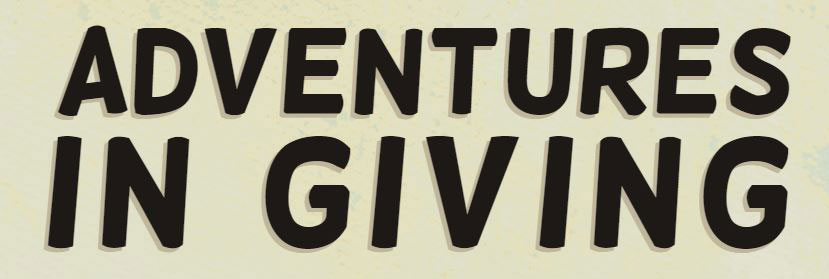
My colleagues and I at The Philanthropic Initiative are working with more and more clients who are interested in funding climate change action. I work with funders who are giving grants in the areas of climate change mitigation and resilience, nature-based solutions to climate change, sustainable agriculture, and renewable energy. I was excited to attend the Environmental Grantmakers Association’s (EGA) Fall Retreat in Chicago last month to learn more about these issues.
The Fall Retreat is an annual event held by EGA that brings together environmental funders from around the world to fuel learning, build relationships for more effective collaboration, and highlight strategic roles funders can play in the environmental movement. At the beginning of the conference, EGA announced their commitment to center all their retreats around equity and inclusion until racial equity is achieved. Throughout the conference, we heard from mayors working to address climate change in their respective cities, people working for environmental justice organizations in Chicago, funders directing their funding to underserved communities, and other experts.
One thing is clear – there is still a lot of equity-centered work to be done to address the climate crisis and ensure that everyone has a healthy environment in which to live, work, and play. Funding is needed in places that have historically been underinvested in and disenfranchised, and those working at the frontlines of the climate movement need more support to build power and prevent burn out. This year’s Fall Retreat highlighted specific approaches philanthropy can take to be more effective in addressing climate change through an equity lens. Here are five philanthropic practices that have proven to be successful in funding climate change action:
- Direct funding to grassroots organizations. The people who work closest to a community know what a community’s needs are. Vernice Miller-Travis, a thought leader on environmental justice, spoke about how too often communities know that something is wrong but are not listened to. For example, in the Bronx, the community observed that a larger number of people were suffering from asthma than usual. It was later confirmed that they were breathing in polluted air, and they currently have one of the highest rates of asthma in the country.
- Direct funding to more organizations led by BIPOC. During the conference, Chief Thomas Tilden of the Curyung Tribal Council, spoke of how his community in Bristol Bay, Alaska has been opposing the proposed Pebble Mine, a copper and gold mine which would be one of the world’s largest. The mine would contaminate Bristol Bay and risk serious harm to the salmon fishery that is an important part of the way of life of local native communities as well as a critical economic resource. Indigenous communities are leading critical work around climate justice and opposing polluting industries. Many regenerative practices are based on Indigenous practices and knowledge. These and other historically marginalized communities across the globe need to be recognized for their long-time leadership and directly supported to continue their fight for self-determination and a more sustainable future.
- Provide unrestricted multi-year grants to organizations for stability and resilience. Nonprofits should be able to offer livable wages to their employees. Unrestricted grantmaking can allow smaller, front-line nonprofits to invest what they need to retain employees and to allow their employees to live without being financially strained. Multi-year grants give nonprofits stability and allow them to plan ahead. To address the climate crisis, organizations need to retain institutional knowledge and be able to plan strategies more than one year out.
- Direct funding to historically underfunded geographical areas. This includes the Southeast and Midwest within the United States. Less than 2% of all funding goes to climate change mitigation. Of that funding, it is not evenly distributed across the U.S. or the world. EGA has found that most environmental funding in the U.S. is directed to the coasts, leaving vast swaths of the country underfunded.
- Work to improve access to government funding. With the passing of the Inflation Reduction Act, there will be an historic investment in clean energy and other important climate solutions. However, as with many federal and state grants, many small nonprofits and BIPOC-led organizations lack the capacity or bandwidth to successfully apply for and administer these complex grants. Philanthropy can help increase these organizations’ capacity and fund partnerships that increase equitable access to this funding.
It is not enough to fund climate work; equity must be at the center of climate giving. The effects of climate change will not be felt equally, and those who are most vulnerable – folks who are low-income, who are BIPOC, who do not have political power – are already the most affected by volatile weather, rising sea levels, and other effects of climate change. Too often communities are used as sacrifice zones and burdened with a lack of access to healthy foods, polluted water, and polluted air from heavy industry, and lack economic disinvestment. As the conference underlined: it’s not enough for climate solutions to be shovel ready, they must be equity ready.

